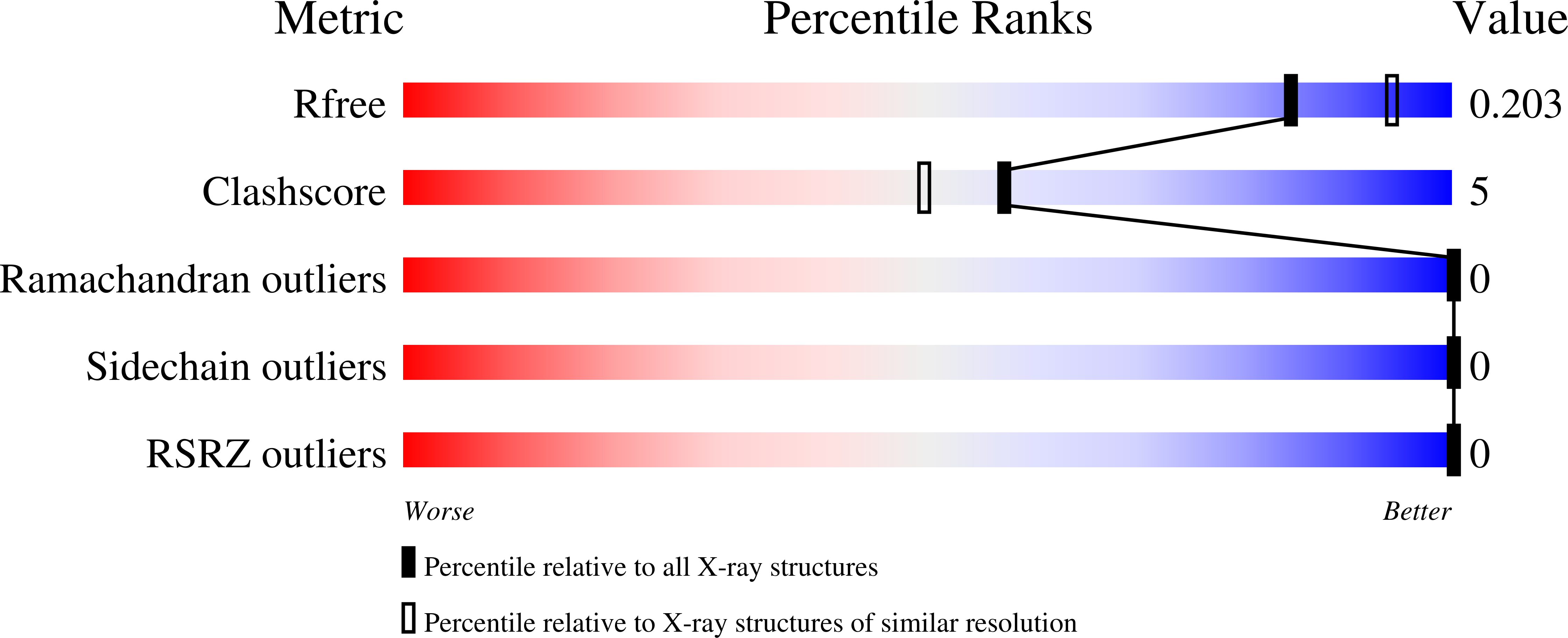Characteristics of Amyloid-Related Oligomers Revealed by Crystal Structures of Macrocyclic beta-Sheet Mimics.
Liu, C., Sawaya, M.R., Cheng, P.N., Zheng, J., Nowick, J.S., Eisenberg, D.(2011) J Am Chem Soc 133: 6736-6744
- PubMed: 21473620
- DOI: https://doi.org/10.1021/ja200222n
- Primary Citation of Related Structures:
3Q9G, 3Q9H, 3Q9I, 3Q9J - PubMed Abstract:
Protein amyloid oligomers have been strongly linked to amyloid diseases and can be intermediates to amyloid fibers. β-Sheets have been identified in amyloid oligomers. However, because of their transient and highly polymorphic properties, the details of their self-association remain elusive. Here we explore oligomer structure using a model system: macrocyclic peptides. Key amyloidogenic sequences from Aβ and tau were incorporated into macrocycles, thereby restraining them to β-strands, but limiting the growth of the oligomers so they may crystallize and cannot fibrillate. We determined the atomic structures for four such oligomers, and all four reveal tetrameric interfaces in which β-sheet dimers pair together by highly complementary, dry interfaces, analogous to steric zippers found in fibers, suggesting a common structure for amyloid oligomers and fibers. In amyloid fibers, the axes of the paired sheets are either parallel or antiparallel, whereas the oligomeric interfaces display a variety of sheet-to-sheet pairing angles, offering a structural explanation for the heterogeneity of amyloid oligomers.
Organizational Affiliation:
UCLA-DOE Institute for Genomics and Proteomics, University of California, Los Angeles, California 90095, USA.


















